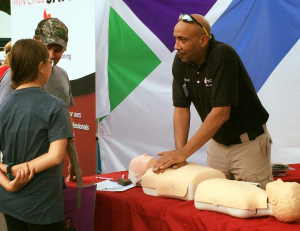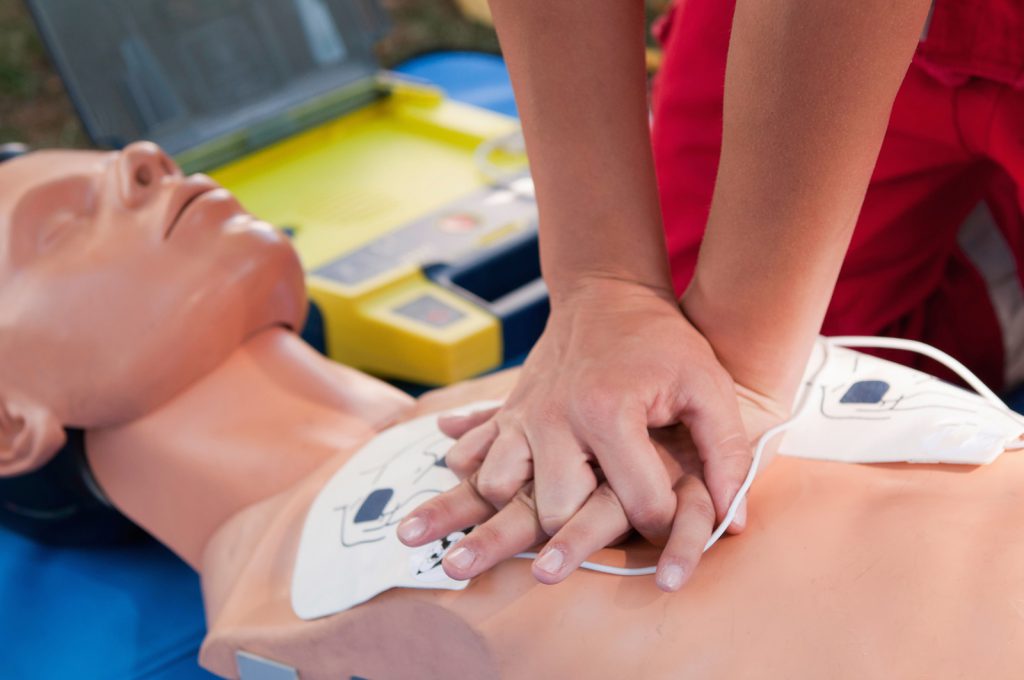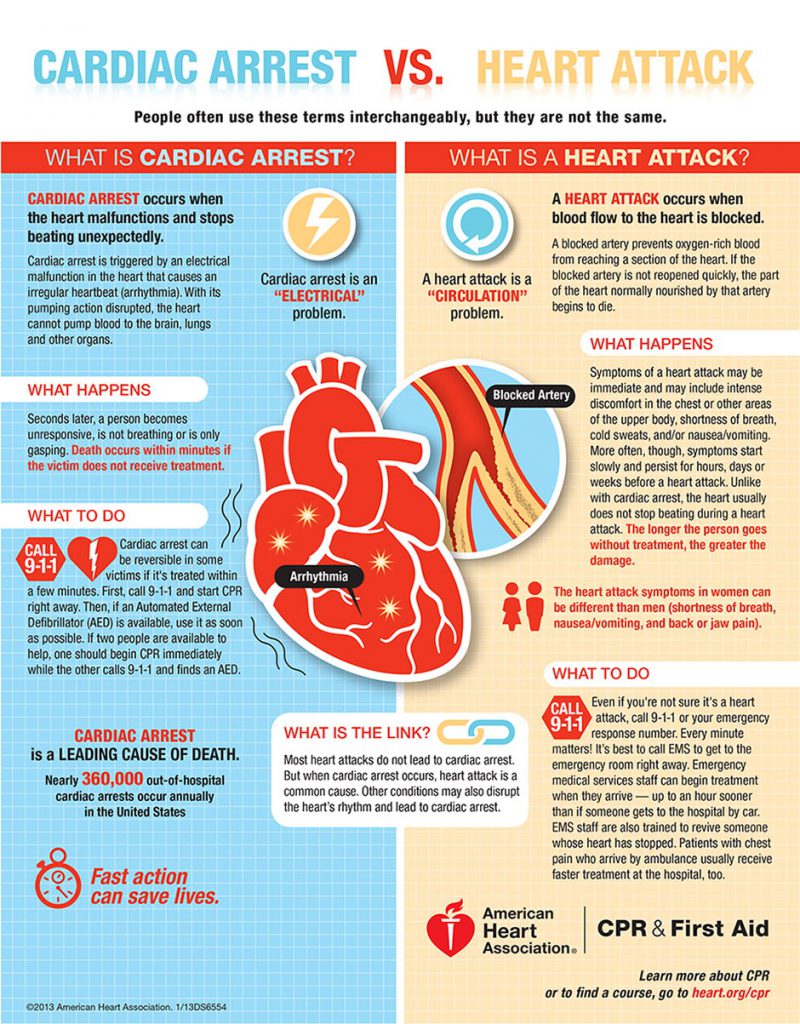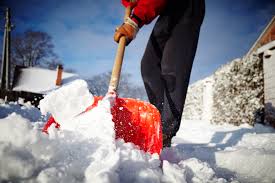We’re excited to announce that we’ve recently added two new locations for you to take classes. HeartCert is now offering First Aid/CPR classes in both Rochester and St. Cloud.
Our New Locations:
Rochester
Our St. Cloud classes are offered at First Steps Training Room 3091 25th St. NW
Classes offered:
- American Heart CPR with First Aid
- American Heart Association Standard CPR
- Standard First Aid
- Basic Life Support (BLS CPR) for Healthcare Providers
- On-Site Training
St. Cloud
Our St. Cloud classes are offered at two locations:
Rasmussen College: 226 Park Ave S
4135 W Division
Classes offered:
- American Heart CPR with First Aid
- American Heart Association Standard CPR
- Standard First Aid
- Basic Life Support (BLS CPR) for Healthcare Providers
- Bloodborne Pathogens (Online)
- On-Site Training
Our Other Minnesota Locations:
Our Blaine classes are offered at Rasmussen College: 3629 95th Avenue NE Classes offered: Our Brooklyn Park classes are offered at Rasmussen College: 8301 93rdAve N Classes offered: Our Burnsville classes are offered at 220 S. River Ridge Circle Classes offered: Our Duluth classes are offered at University of Minnesota Medical School, Duluth Campus: Room SMed 165, 1035 University Dr Classes offered: Our Eagan classes are offered at Rasmussen College: 3500 Federal Dr Classes offered: Our Eden Prairie classes are offered at Fare Hypnosis Center: 8353 Crystal Rd #201 Classes offered: Our Mankato classes are offered at: Classes offered: Our Minneapolis classes are offered at 615 First Avenue NE Classes offered: Our St. Paul classes are offered at 840 Westminster St Classes offered: Our Woodbury and Lake Elmo classes are offered at: Classes offered: We also offer classes in Appleton, Wisconsin and Anchorage, Alaska and coming soon to Green Bay, Wisconsin! Are you a certified instructor interested in expanding HeartCert to your location? Contact us for teaching opportunities. HeartCert CPR is your trusted training partner for First Aid and CPR in Minnesota. Find your CPR Class, PALS Class, BLS Class or ACLS Class at any of our Minnesota locations. Blaine
Brooklyn Park
Burnsville
Duluth
Eagan
Eden Prairie
Mankato
Minneapolis
St. Paul
Woodbury/Lake Elmo




 Winter has officially arrived in Minnesota, with snow storms the past two weekends forcing residents state-wide to pull out our shovels and fire up our snow blowers. Clearing our driveways and sidewalks is an added duty that we all have to tackle each winter and although it may be tiring and inconvenient, it can also be dangerous. A study conducted by US Nationwide Children’s Hospital found that every winter, almost 100 people in the United States die from cardiac-related injuries associated with snow shoveling.
Winter has officially arrived in Minnesota, with snow storms the past two weekends forcing residents state-wide to pull out our shovels and fire up our snow blowers. Clearing our driveways and sidewalks is an added duty that we all have to tackle each winter and although it may be tiring and inconvenient, it can also be dangerous. A study conducted by US Nationwide Children’s Hospital found that every winter, almost 100 people in the United States die from cardiac-related injuries associated with snow shoveling. 